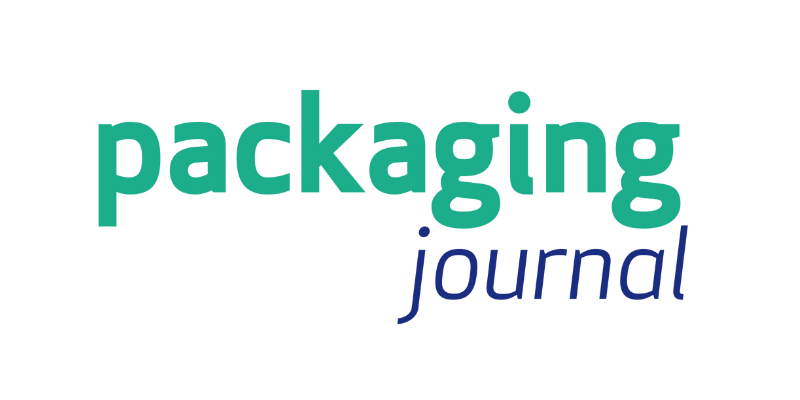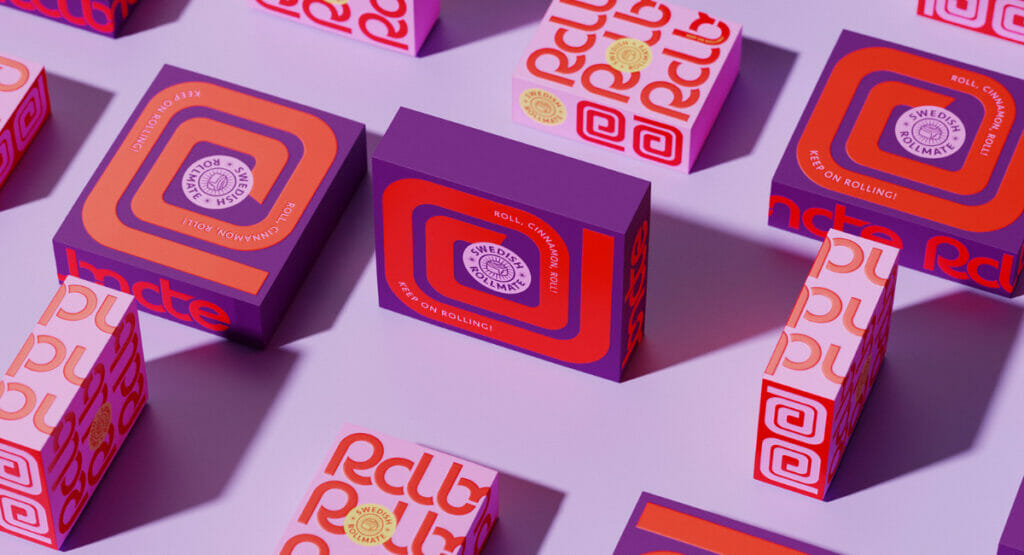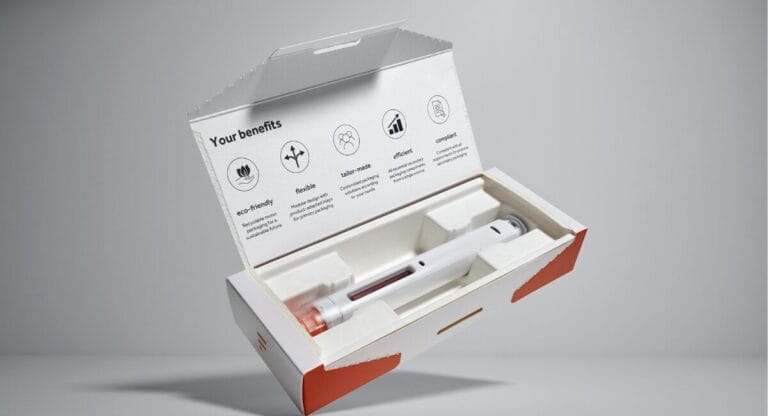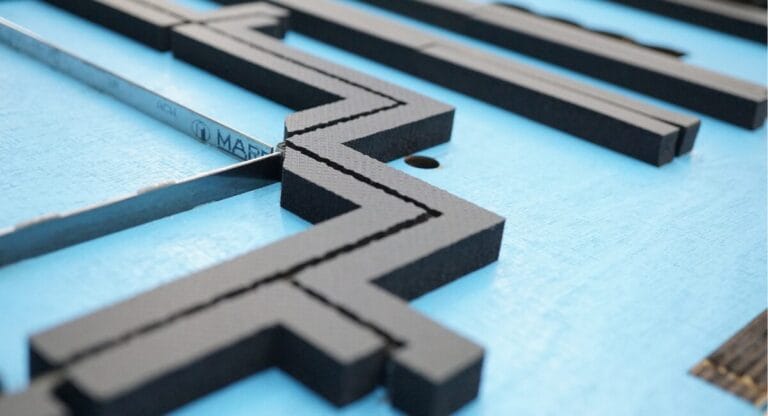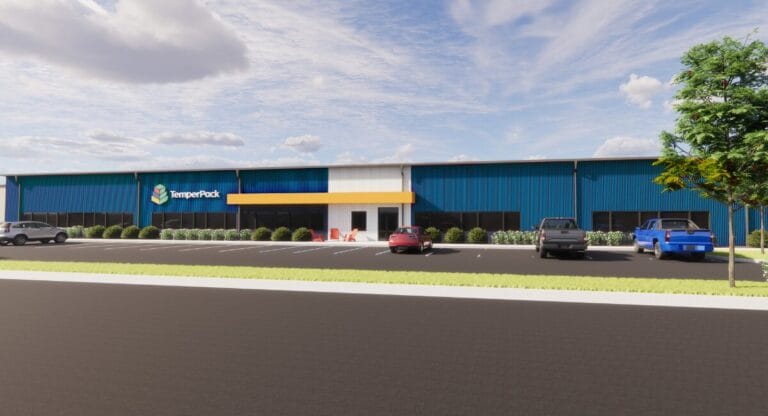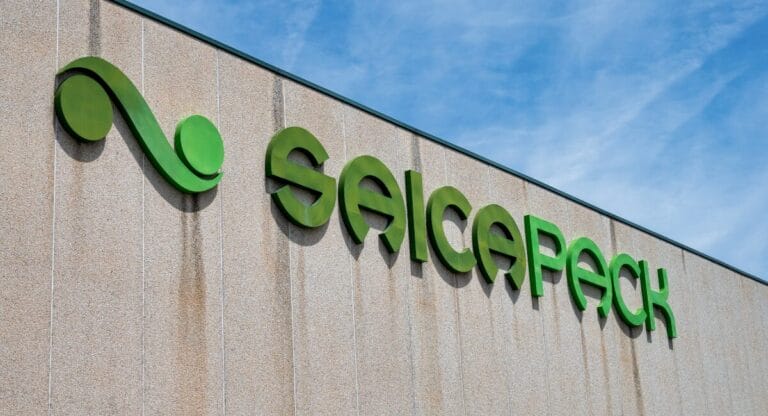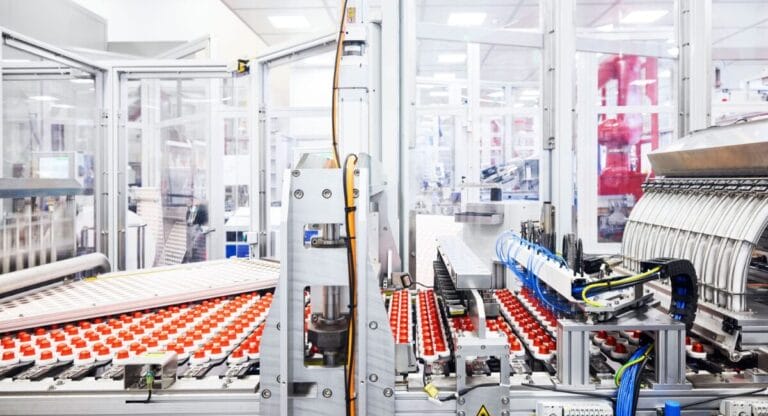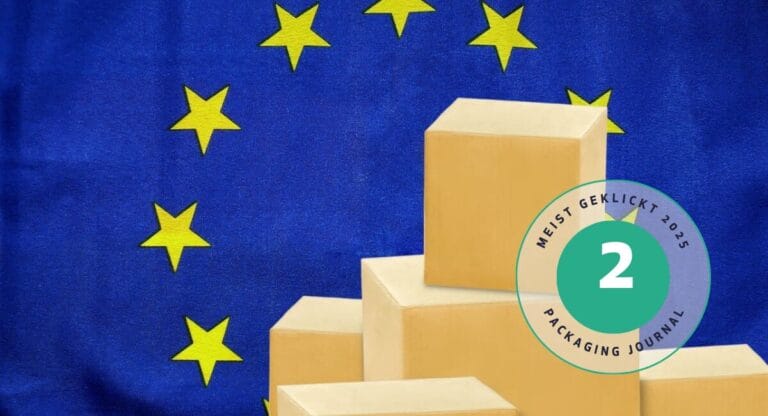AI systems have been influencing our everyday lives for a long time, and it is impossible to imagine industry without them. Whether in manufacturing, logistics or quality control – they already complete many tasks faster than humans. But what can artificial intelligence do in the creative sector? Packaging designers also use the self-learning programmes and thus make time-consuming routine work easier.
In recent months, ChatGPT has received a lot of media attention. AI was suddenly on everyone’s lips. But whether we use voice assistants like Alexa or Siri, control our heating via the internet or have the optimal route calculated in our car – AI algorithms have long been in play in many places. The same is true in industry, because work processes are becoming increasingly complex. With its self-learning algorithms, artificial intelligence is able to complete some tasks significantly better and faster than humans.
And the topic of artificial intelligence is also driving the creative industry. AI tools are already helping packaging designers to realise their ideas more quickly by taking over individual building blocks in the development process that previously had to be done by time-consuming employees. Designers are convinced that in the future it will no longer take months until a new package is on the shelf, but only a few weeks.
Good design needs the human spirit
The trend and packaging design agency WIN Creating Images has already integrated artificial intelligence into its workflows. „We experience AI as an enriching support. It helps us to speed up work processes and gives us more time for strategic, conceptual thinking – in other words, what we love as creative people,“ says Patrick Stöppler, Head of Design at WIN. With AI image generators, he says, one can sketch initial ideas, which are then completed „analogue“.
„But to create a truly new design, you need the human mind. Creativity cannot be replaced by artificial intelligence. In our creative process, we pay attention to gut feelings and let ourselves be influenced by emotional perspectives. Brainstorming is about inspiring dialogue and thinking around corners, visionary thinking. Here, humans are still far ahead of the machine – and will remain so. Nevertheless, AI is of great use to us, a sparring partner, so to speak. We just have to use the tools correctly and must by no means regard artificial intelligence as an enemy.“
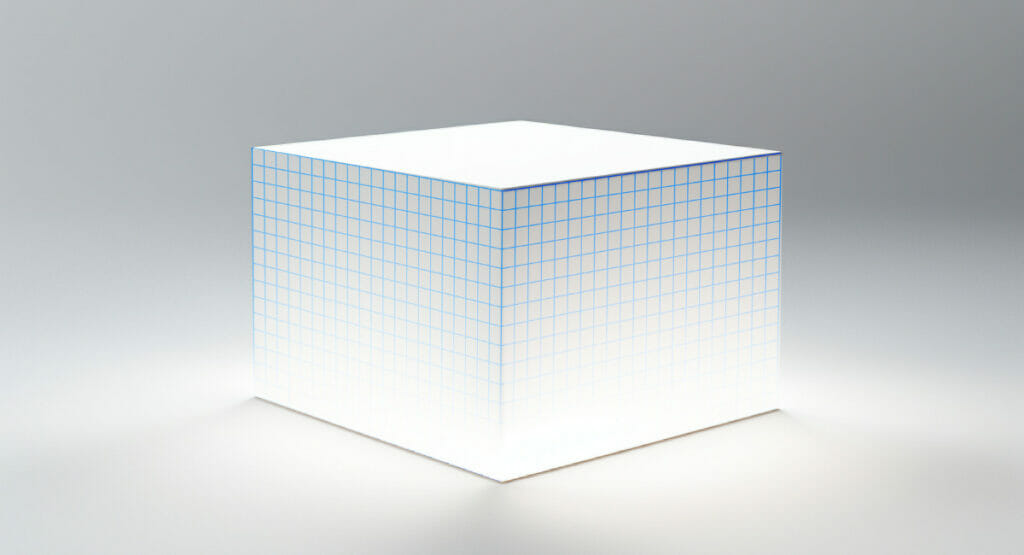
Like WIN, many agencies are currently looking for areas of application for AI. The possibilities are far from exhausted. „Development is taking a giant leap right now, it’s revolutionary. But artificial intelligence only recombines existing information, there’s nothing visionary about it,” says Stöppler. At the moment, however, it is developing rapidly. „This is also scaring people right now, because the last leap with ChatGPT happened very quickly, and the topic is very much in the media,“ says Tim Gelzleichter, Lead Digital Transformation at WIN. „Yet it’s actually a steady development that just feels so fast at the moment. AI is not suddenly appearing in our everyday work now. The development has been apparent for a long time, but companies are now using the tools more and more, and the results are so much better now than they were three quarters of a year ago. For example, we can now submit proposals for shooting templates in much less time.“
WIN is currently supporting its first food brand with the help of artificial intelligence. This is used, for example, to generate initial sketches for product presentations, which are then developed „analogue“ and then shot.
„For AI to deliver useful results, we have to have concrete ideas. In the case of food packaging, for example, what the product presentation should look like. We have to provide ideas for the environment, perspective, light and much more in order to meet the brand positioning as well as the wishes and preferences of the consumers. So getting good results is not that easy. It doesn’t work without conceptual thinking.“
Patrick Stöppler
Artificial intelligence does not fix and finish a packaging design at the push of a button.
"Made by humans" must remain
„I don’t think that artificial intelligence will replace humans in our field,“ says the creative director of the design agency Mutabor, Moritz Carstens. „Humans do not think algorithmically, but emotionally and irrationally. Our intuition will remain important, because the machine can’t do that.“ But in the future, a short description and a technical drawing could be enough, and an AI tool will develop detailed suggestions for a new packaging design.
„Everything will speed up with this. It will then no longer take a year for a product to reach the market. It will then be only a few weeks or even only days from the idea to the finished packaging, especially if digital printing machines are used. For me, this is the revolution that has failed to happen in packaging in recent years.“

Mutabor also works with AI systems, which are already an important part of the creative process for the agency. „The topic of artificial intelligence is moving the industry and, as a new tool, is naturally also driving the design industry. We will see many changes in the future. AI will simplify and speed up workflows. Through digitalisation, we’ve already had revolutionary changes in recent years, now everything is moving even faster, and we have to react to that,“ says Carstens. Until now, he claims that packaging design processes have still been relatively rigid, because once packaging has been produced, it cannot be changed again so quickly. „A lot of work goes into the manufacturing process – from market research to quality control, it takes a long time, costs money and employs many people. AI can take over many individual building blocks here in the medium or even short term,“ Carstens concludes.
For AI systems to work, they need a lot of data. But when it comes to data protection, users sometimes move in a grey area. Mutabor is therefore currently developing its own AI tools. „We hope to make licensing of image material possible in the future. Besides, we work with the highly sensitive data of our customers and have to be very careful what we feed the AI with. Our own tool offers the necessary security,” says Carstens.
Creative agencies that don’t embrace AI will have problems in the future, says the designer. „We have to think now about how we adapt our business model in the future. I’m sure there are already the first agencies that only work with AI.“ To get staff fit, Mutabor organises workshops and hackathons internally.
„The spread of AI systems will come very quickly. Already we can hardly keep up with the development. But we have to be careful not to devalue ‚made by humans‘. In the end, AI should only make work easier, strengthen productivity and take over uncreative routine work.“
But as is always the case with new technical developments, he says, people often think too pessimistically at the beginning. „We should draw innovation from AI and play with the possibilities of the tools.“ The designer is already using artificial intelligence wherever clients want it. „AI is also a top marketing topic, and the hashtag AI clicks well.“
More packaging news
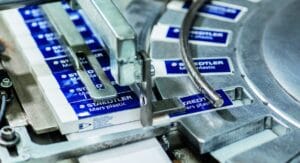
A contract with a handshake is valid
Managing director Tina Gerfer of Wilhelm Rasch Spezielmaschinenfabrik has modernized the company and successfully guided it through difficult times.
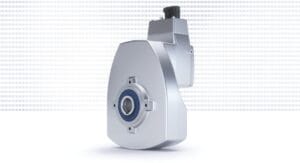
Asynchronous servo solutions for the packaging industry
From primary packaging to final packaging, electric drives play an important role. With a broad portfolio, Nord Drivesystems supports customers.

Label Durability
Labels offer many functions which can get lost due to label removal. PTS assesses labels and cardboard for durability and tamper evidence.

More design for recycling for cosmetics packaging
Packaging for decorative cosmetics is very special. The Forum Rezyklat calls for the recyclability of packaging to be taken into account when designing it.

Innovation Barometer 2024
According to a survey conducted by Aktionsforum Glasverpackung 2024 is set to be a highly innovative year for glass packaging.

Flexible packaging system for natural cosmetics
Sustainability is part of Weleda’s identity. IWK is also contributing to this with its new flexible packaging line for many natural cosmetic products.

